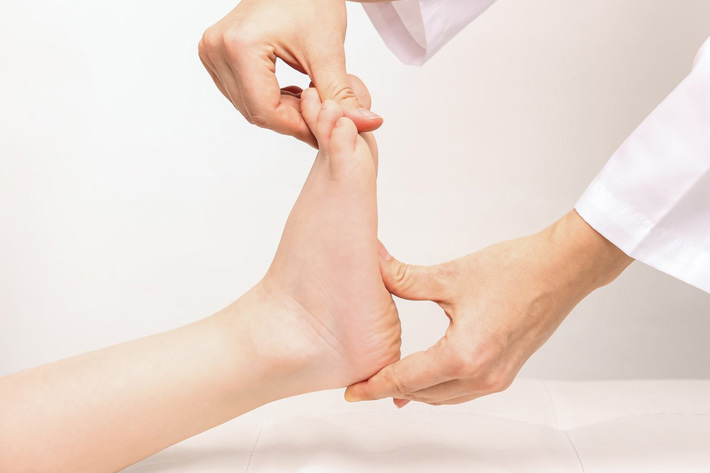Pediatric heel pain is a common condition that can be caused by various factors, including Sever’s disease. Sever’s disease, also known as calcaneal apophysitis, is an overuse injury that occurs in the growth plate of the heel bone (calcaneus) in children and adolescents. It typically affects active children between the ages of 8 and 14 years who are involved in sports or activities that involve running and jumping.
Here are some management options for pediatric heel pain, including Sever's disease:
- Rest and activity modification: The first step in managing heel pain is to reduce or modify activities that worsen the pain. Avoiding or minimizing activities that involve repetitive impact on the heels, such as running or jumping, can help alleviate symptoms.
- Ice therapy: Applying ice to the affected heel for 15-20 minutes several times a day can help reduce pain and inflammation. Be sure to wrap the ice pack in a thin cloth to prevent direct contact with the skin.
- Stretching exercises: Gentle stretching exercises for the calf muscles (gastrocnemius and soleus) can help relieve tension on the Achilles tendon and reduce stress on the heel. Examples of exercises include calf stretches against a wall or using a towel to stretch the calf muscles.
- Footwear modifications: Ensure that your child wears supportive and properly fitting footwear with good cushioning and arch support. Avoid shoes with high heels or inadequate cushioning, as they can exacerbate symptoms.
- Heel pads or orthotic inserts: Heel pads or orthotic shoe inserts can help cushion the heel and provide support to the arch, reducing strain on the growth plate. These can be purchased over-the-counter or custom-made by a podiatrist.
- Nonsteroidal anti-inflammatory drugs (NSAIDs): Over-the-counter pain relievers like ibuprofen or naproxen can help alleviate pain and reduce inflammation. However, it’s important to consult a healthcare professional before giving any medication to your child.
- Physical therapy: In some cases, physical therapy may be recommended to provide targeted exercises, manual therapy, and other treatments to relieve pain and improve flexibility and strength.
- Temporary activity restriction: In severe cases where symptoms persist despite conservative measures, temporary activity restriction or immobilization with a walking boot or cast may be necessary to allow the heel to heal.
It’s important to consult a healthcare professional, such as an orthopaedic surgeon, for an accurate diagnosis and appropriate management plan for your child’s specific condition. They can provide personalized recommendations and guidance based on the severity of the symptoms and individual circumstances.





